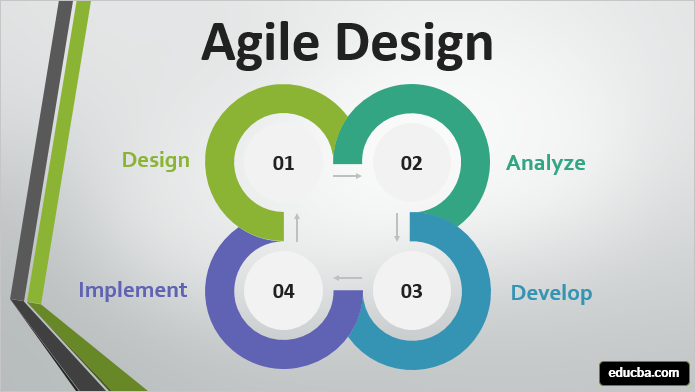Agile Design - A Guide to Effective and Versatile Product Production
Rayford
0
14
11.15 12:12
Intro
Agile Design uses a flexible, effective approach to item development, incorporating dexterous concepts with design thinking. This technique makes use of short, iterative cycles and fast individual responses to create solutions that meet users' evolving requirements. Agile Style is specifically reliable in a world where market requires adjustment promptly and items must be straightforward.
 Specifying Agile Style
Specifying Agile Style
Agile Layout combines design concepts with dexterous workflows, bring about items that are responsive, high-quality, and user-centered. By accepting an iterative technique, Agile Style enables groups to examine and boost their work, making sure a close alignment with customer demands.
Core Concepts of Agile Style
User-Centered Reasoning: Agile Layout makes certain individual responses is at the leading edge of each model. This continuous responses process aids lead the growth of a product that aligns with user assumptions.
Rapid Prototyping: Agile Style involves developing models that can be tested and refined promptly, protecting against expensive design changes at later phases.
Cross-Disciplinary Collaboration: Partnership in between various groups, such as developers, programmers, and stakeholders, is important to Agile Layout's success.
Responsive to Adjustment: Agile Layout urges flexibility, adjusting as market requires or customer expectations progress.
Why Agile Style Issues
The Agile Design procedure results in items that much better fit individuals' requirements, creating an affordable side. By responding to real-time comments, Agile Design reduces growth costs and develops products that adapt to altering needs.
Just How to Carry Out Agile Design
Damage down the task right into style sprints, which enables quicker modifications based upon feedback. Regular screening with actual individuals guarantees the last product matters and user-focused.
Agile Design supplies a versatile, effective approach to product growth, combining agile concepts with style thinking. This approach makes use of short, iterative cycles and fast individual feedback to generate services that satisfy customers' developing demands. Agile Design is specifically efficient in a globe where market demands change quickly and items should be straightforward.
Agile Design uses a flexible, effective approach to item development, incorporating dexterous concepts with design thinking. This technique makes use of short, iterative cycles and fast individual responses to create solutions that meet users' evolving requirements. Agile Style is specifically reliable in a world where market requires adjustment promptly and items must be straightforward.
 Specifying Agile Style
Specifying Agile StyleAgile Layout combines design concepts with dexterous workflows, bring about items that are responsive, high-quality, and user-centered. By accepting an iterative technique, Agile Style enables groups to examine and boost their work, making sure a close alignment with customer demands.
Core Concepts of Agile Style
User-Centered Reasoning: Agile Layout makes certain individual responses is at the leading edge of each model. This continuous responses process aids lead the growth of a product that aligns with user assumptions.
Rapid Prototyping: Agile Style involves developing models that can be tested and refined promptly, protecting against expensive design changes at later phases.
Cross-Disciplinary Collaboration: Partnership in between various groups, such as developers, programmers, and stakeholders, is important to Agile Layout's success.
Responsive to Adjustment: Agile Layout urges flexibility, adjusting as market requires or customer expectations progress.
Why Agile Style Issues
The Agile Design procedure results in items that much better fit individuals' requirements, creating an affordable side. By responding to real-time comments, Agile Design reduces growth costs and develops products that adapt to altering needs.
Just How to Carry Out Agile Design
Damage down the task right into style sprints, which enables quicker modifications based upon feedback. Regular screening with actual individuals guarantees the last product matters and user-focused.
Agile Design supplies a versatile, effective approach to product growth, combining agile concepts with style thinking. This approach makes use of short, iterative cycles and fast individual feedback to generate services that satisfy customers' developing demands. Agile Design is specifically efficient in a globe where market demands change quickly and items should be straightforward.